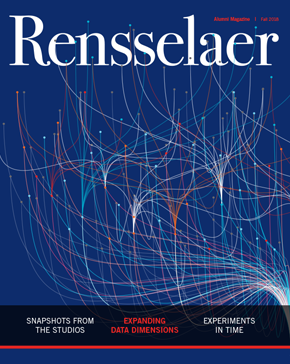
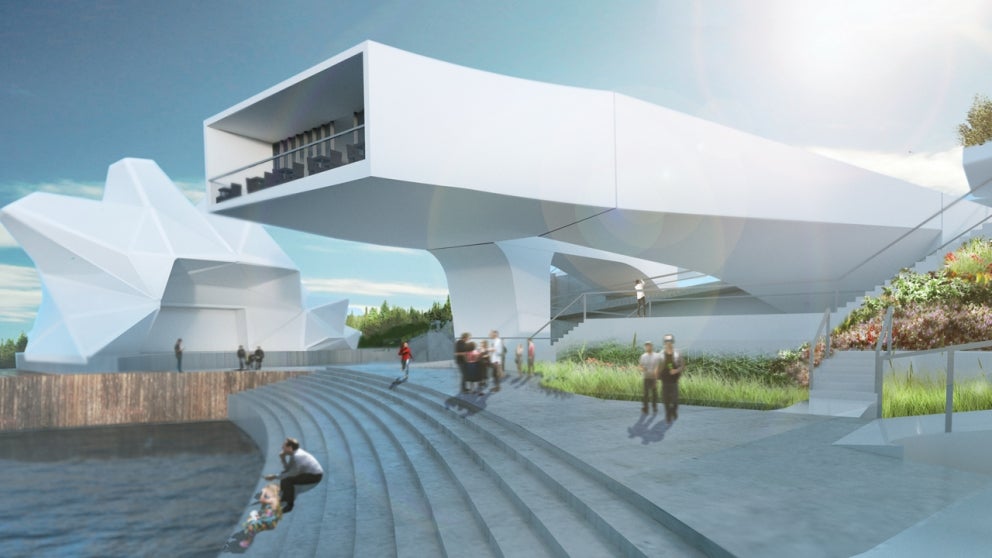
Snapshots From the Studios
With a broad and interdisciplinary approach to education, the School of Architecture is preparing its students to design a better future.
By Jane Gottlieb
Among the shelves of art, architecture, and technology publications in his first-floor office in the Greene Building are the design books School of Architecture Dean Evan Douglis has produced celebrating the internationally renowned architecture program at Rensselaer. Developed in collaboration with faculty and students, his broad collection of books is comprised of projects and prototypes from international study abroad trips, community outreach initiatives with significant regional museums and historic sites, and cutting-edge graduate research in architectural acoustics, lighting, and built ecologies.
These custom books reflect the exciting face of the School of Architecture, which pushes across academic disciplines, into the community, and around the world, striving to challenge the profession to move forward in novel and innovative ways.
When asked where the school is going, Douglis says, “Architecture is a beautiful constellation of disciplinary interests. We’re at this unique opportunity in history that in order to fully respond to the complexity of our changing world, it’s critical that we embrace the idea of conjoined ideation. Art, science, and engineering can no longer reside in independent silos as they have in the past, but must be part of a larger holistic view in the education of the architect. Buildings in the future need to be far more intelligent and behave like plants and animals as they respond to the environment in real time and harness energy from the sun, wind, and water in the most spectacular and innovative ways. Only through a radical reassessment of our educational system and the creation of a broader interdisciplinary conversation are we going to fully realize the paradigm shift so urgently needed throughout academia today.”
He goes on to say, “There’s a lot at stake at this moment in history for the next generation of architects. Beyond the profound environmental challenges that need to be overcome, our young people also need to be reminded that architecture is a deeply creative and humanist activity requiring a poetic imagination to truly envision on the most profound level the new cities of the 21st and 22nd centuries as culturally and environmentally inspiring, vibrant, and resilient centers of public life.”
Among the smallest of the five schools at Rensselaer, architecture is also among the most highly regarded. DesignIntelligence placed Rensselaer 13th on its influential ranking of American architecture programs for 2017-18.
DesignIntelligence also named the Cooper Union and Harvard-educated Dean Douglis among the 30 most admired architecture educators in 2015 and 2016. He is credited with broadening the program and raising its profile nationally and internationally.
Rigorous and intensive — some might say all-encompassing — Rensselaer architecture is also highly personalized given the array of options. Sprinkled among the 10 undergraduate, graduate, and doctoral degrees are specializations in architectural acoustics, lighting, geofutures, and built ecologies (offered as part of the Center for Architecture Science and Ecology, or CASE, program now situated in Industry City in Brooklyn).
Given the growing number of study abroad opportunities available at the school, architecture students can participate in full-semester cultural immersion experiences in China, Italy, India, Argentina, and Chile. The interdisciplinary Bedford Chair initiative brings together engineering and architecture students in a seminar and summer international traveling workshop taught by a world-renowned structural engineer. Students participate in community outreach experiences through the school’s Capital Region initiative by presenting building and campus design proposals to the leadership at institutions such as the Hyde Collection in Glens Falls, the Shaker Museum in New Lebanon, and the Museum of Innovation and Science in Schenectady.
Latin America Study Abroad
Instructor: Gustavo Crembil
Students: All Students
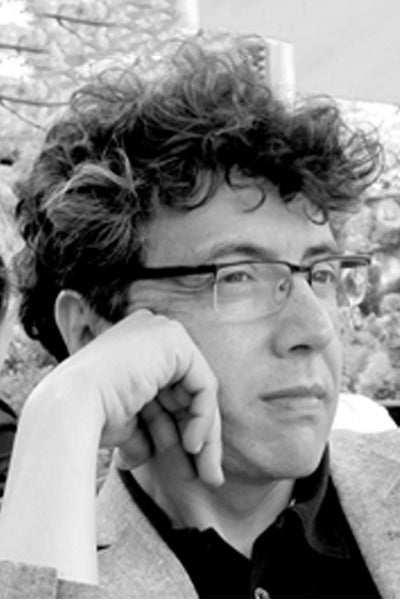
International study is nearly as much a part of the Rensselaer architecture experience as the long nights in the Greene Building. Approximately 70 percent of third- and fourth-year B.Arch majors visit a growing list of countries, immersing themselves for a few intensive weeks or a full semester.
Study abroad is optional, but architecture students need little encouragement to visit the great buildings and commonplace ones in Italy, India, Chile, China, or Ghana. Their tour guides? Professors who are also practicing artists, architects, and designers, and who often contribute an international perspective.
Among them is Associate Professor Gustavo Crembil, an Argentine-born architect and artist who has brought students to China, Argentina, Chile, Uruguay, and Brazil (including the Amazon). Here, Crembil discusses the importance of seeing buildings in their settings.
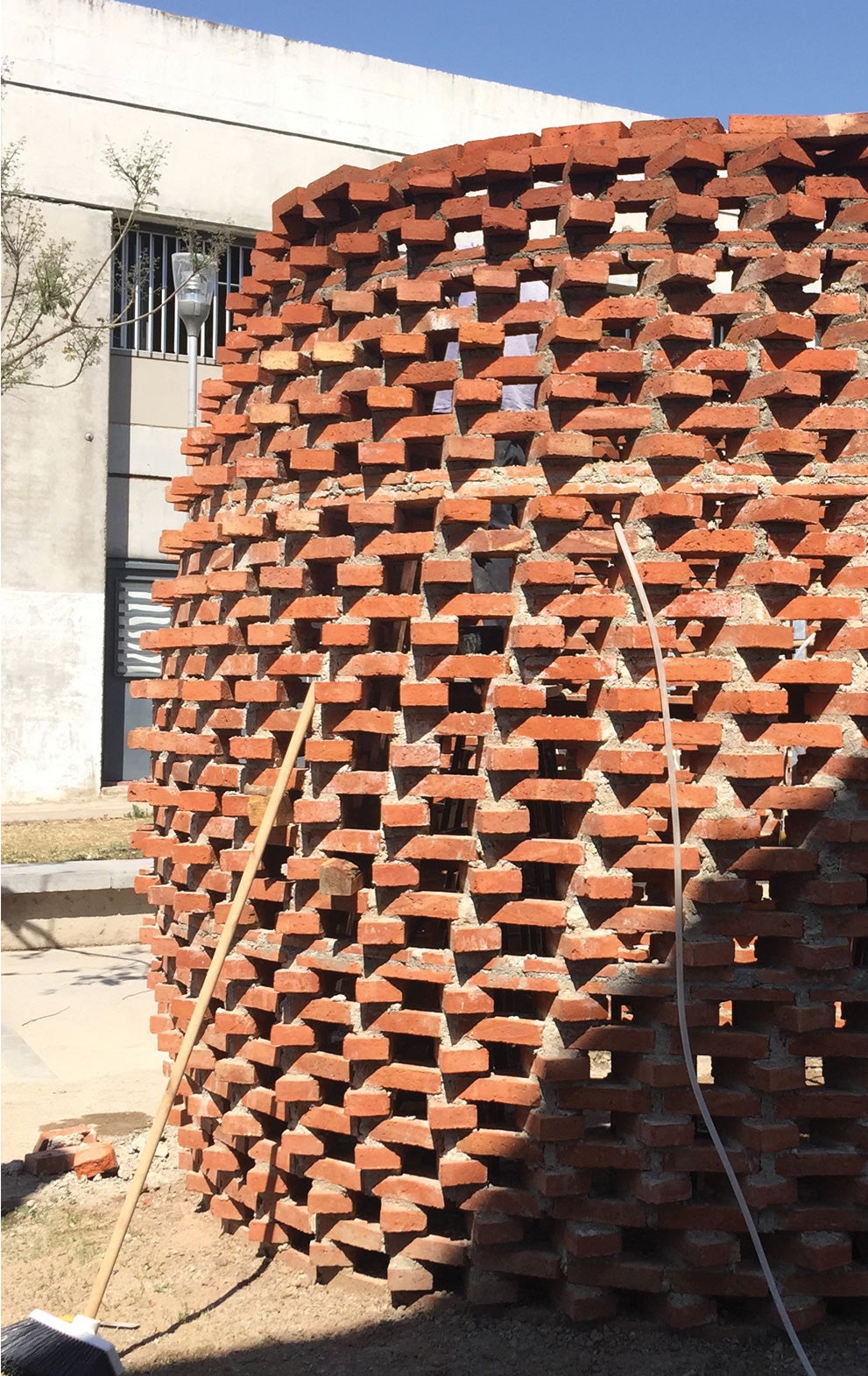 ON SEEING THE SPACES
ON SEEING THE SPACES
Travel is a big part of the architectural education. There is only so much you can do by studying from books or learning the art and craft of architectural design. At a certain point you need to see the buildings and the spaces that you reference, to have that personal experience. It is difficult to acknowledge the complexity of the space of a South American city or the staggering urban growth in China until you have that personal physical experience.
Most students have never been abroad. We become like a small tribe for a semester that explores and shares new experiences together. In China, you might spend two or three days in a bus deep inland to visit some remote unique building compound. We’re seeing not just the big cities but the small communities. Students are often timid at the beginning, but by the second month they are eager and have no fear. They talk together and argue and take walks and connect. They adjust really, really fast.
We were in Shanghai three months before the 2010 Expo and there was an absolutely insane amount of construction, with truck after truck and workers working all night. We went away for two weeks and when we came back we couldn’t recognize the area where we were living. There was brand-new pavement and sidewalk, benches; they’d planted new rows of trees and everything was painted to look majestic.
ON LOOKING AT ARCHITECTURE WITH A DIFFERENT EYE
You could be in Brazil — we’re in the center of Brasilia and you start mixing with the crowds of people who are going to work. Or in Argentina, visiting an artisanal brick factory in a remote area. Once you meet people from other places, understand their contexts, you look at their architecture with a different eye.
In Latin America, students see buildings with a heavy social and political agenda. They are able to look at the people, the way they use the city and the buildings, and see a picture that is very different from whatever their romanticized impression is.
The next semester, when they are back in the studios, they respond with a more critical perspective. Being away in a different world dramatically affects the way they think, before they become practicing architects.
Building Sciences
Instructor: Mae-Ling Lokko
Students: Liverpool students
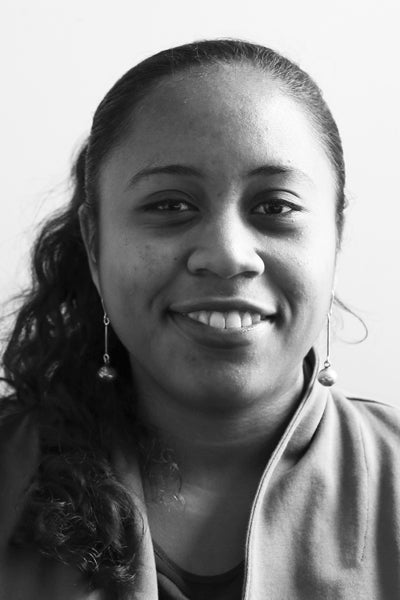
Born in Saudi Arabia, educated in the United States, Ghana, and Southeast Asia, with stops on several other continents, Assistant Professor Mae-Ling Lokko, M.S.’12, Ph.D.’16, found what she was looking for at Rensselaer: a chance to devise affordable, sustainable building material technologies to help people in her home country.
Lokko’s journey to a Rensselaer Ph.D. in architecture included research at CASE in New York City, an internship in Ghana, and rich collaborations in upstate New York and Ghana. Today, she runs two companies, AMBIS, in Troy, and Willow, in Accra, which develop building panels and clean-water technology from bioadhesives and agricultural waste.
Lokko’s next stop: the Rensselaer architecture faculty. Here, she talks about studying architecture, teaching it, and having a foot in two worlds.

ON THE IMPACT OF ONE PROFESSOR
I was in Australia studying biomimicry (applying ecological thinking to sustainable technology) and it wasn’t what I was expecting. By pure coincidence I saw a BBC segment on Rensselaer Professor of Science and Technology Studies Ron Eglash’s research around African fractal architecture — a distinct system of organizational logics repeated at multiple scales. I reached out. He told me if I was really serious about design innovation that saw cultural and social criteria equally as important as the technical, I should come to RPI.
While I was interested in working with Ron, he’s not in the architecture department. He told me he would stay on as my Ph.D. co-adviser, but CASE in New York would be my home.
ON THE BACKSTORY
At Tufts, I studied architecture, history, and theory. I wasn’t sure which direction to go in. Architecture is a liberating field but finding your niche takes time. I knew I wanted to go back to Ghana, and upcycling agricultural waste was something I could see an immediate use for. At Rensselaer I realized more and more the pull of biomaterials research.
ON STUDYING AT CASE
The first two years you learn the fundamentals of building physics and ecology, but you’re still exposed to different interdisciplinary research areas. I was initially involved in dynamic solar façade systems. It was a lot to absorb and develop your own understanding of, but this comes over time.
ON STUDYING IN TROY
By the end I knew exactly where I needed to be: upstate, primarily because of biomaterials companies like Ecovative Design in Troy and e2e Materials Inc. in Ithaca. They became instrumental in my work on building panels. Initially, I was planning to start my company in Ghana, but I saw that in New York people are also hungry for good, cheaper, high-performance building designs. It’s ironic.
I launched AMBIS with Nina Wilson, my Ph.D. colleague, and started Willow in Ghana, which focuses more broadly on water treatment and air-quality applications using agrowaste. We are developing agrowaste flocculants for a fair-trade facility for Global Mamas, a wonderful distributed network of women home-based enterprises, and doing tests in the national water company laboratory.
ON JOINING THE BUILDING SCIENCES FACULTY
I’m teaching courses around energy and environmental systems, as well as on material life-cycle innovation. I see this as a great opportunity to continue my research and get students involved in my work in Ghana and, more recently, in Europe.
ON WHAT SETS RENSSELAER APART
The interdisciplinary collaboration and access to researchers in other departments! Half my Ph.D. committee was in architecture, engineering, and science and technology studies. RPI instilled a deep appreciation for working together. We aren’t trapped in a bubble.
Duchamp Seminar
Instructor: Michael Oatman
Students: All Students
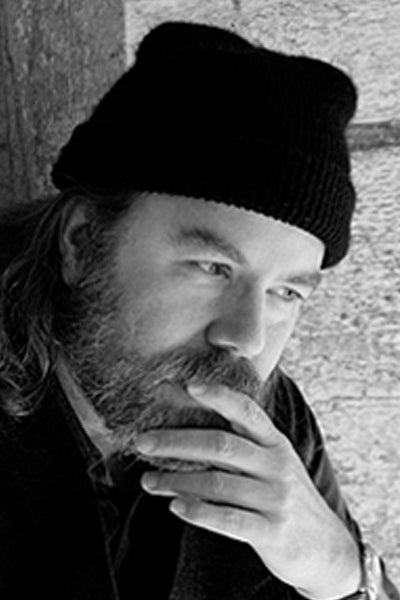
Associate Professor of Architecture Michael Oatman teaches a course examining the architecture of Alfred Hitchcock’s cinema. His students have created installations around modern dance and experimental music. They have moved audiences into ceilings and through tunnels and once imagined a building as Dante’s Purgatory. A visiting artist at numerous colleges and universities, Oatman creates large-scale installations and performance-based art exhibited at MASS MoCA and other leading institutions.
As artist-in-residence in the School of Architecture, he asks his students to envision how their discipline corresponds to other fields of inquiry. Here, Oatman discusses the rigors of the program, the unusual collaborations, and architecture of the mind.
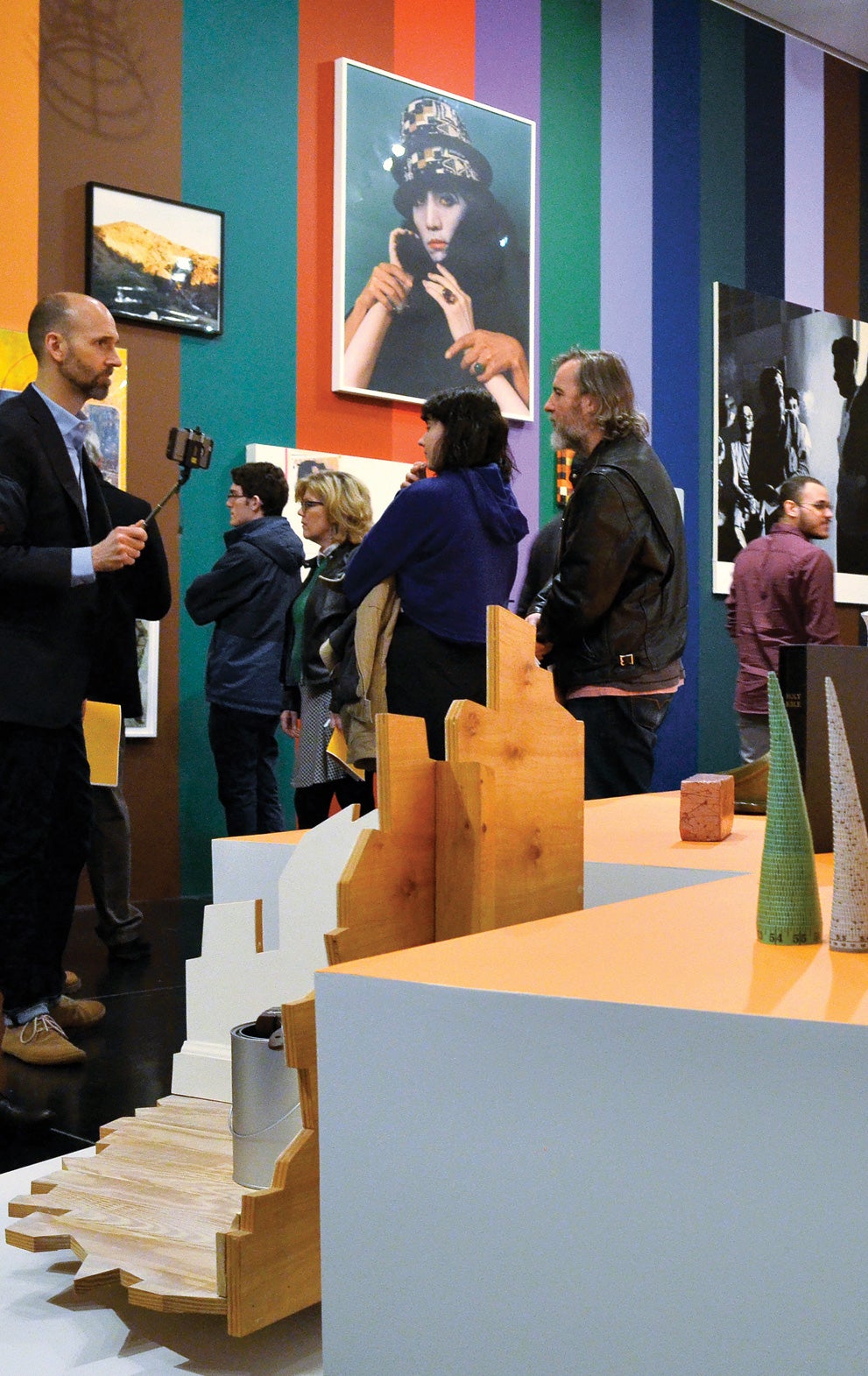 ON ART VS. ARCHITECTURE
ON ART VS. ARCHITECTURE
An artist rarely doesn’t follow through from concept to completing a project. But in architecture, you’re making the dream of a work of architecture that gets fulfilled only when the client approves. I think that’s the beautiful reality of architecture — that so much of it lives in the mind.
In my studios we are designing things students will actually realize, in collaboration with industry or performing artists or humanitarian groups.
ON DUCHAMP
The Tang Teaching Museum at Skidmore College invited my Duchamp Seminar to design an exhibition, “Living with Duchamp.” But first they had to learn about Duchamp and modernity. The seminar is a semester course that meets once a week; the design studio met three times weekly. We crammed those 15 to 18 seminar meetings into the first month.
“ARCHITECTURE” MINUS DOORS AND WINDOWS
In a conventional architecture class you visit spaces, say, in Boston or New York. Our site became the mind of Marcel Duchamp.
Most students didn’t know him. They learned about his place in history, his influence, and the work itself well enough to intelligently design a museum exhibition. We had to get to one final design that the Tang crew would build. It was the hardest decision for Tang Director Ian Berry, and me, to make.
ON SMALL CLASSES, BIG RESULTS
We have extraordinary students and a culture where they learn quickly.
We have one teacher to 12 students. And architecture is a team sport. We’re asking them to be critical, to revise without getting freaked out, to take a level of criticism they have not experienced — within a major research institution.
At Rensselaer, you go 500 feet in any direction and run into people in materials science, biology, and astrophysics and find your future collaborators. There is more and more evidence of biology, art, materials science, and computer science coming together in architecture.
ON OUTCOMES
Most of our students pursue careers at the forefront of the discipline. A number of students go into restoration because buildings are huge cultural resources. But a certain percent move past traditional architecture into the arts, into theory, into hybrid industries that intersect with technology. The whole mission is to arrive at their own set of research interests. We want a voice to emerge.
Building Sciences
Instructor: Nancy Diniz
Student: Debora Nova
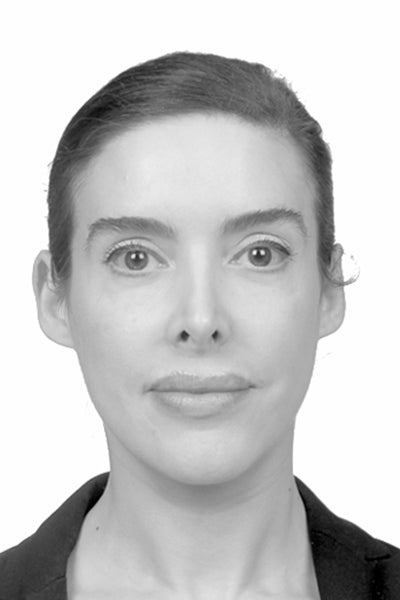
The Rensselaer architecture program has its roots in building sciences, the study of the materials and components that go into a structure. Today, building sciences reflects the importance Rensselaer places on designing structures that are the most energy-efficient and made from non-polluting and resilient materials.
Here, Assistant Professor of Architecture Nancy Diniz, building sciences program director, discusses the four-year program — the only one of its kind in the country — and the many ways students can move their aspirations about sustainability into reality.
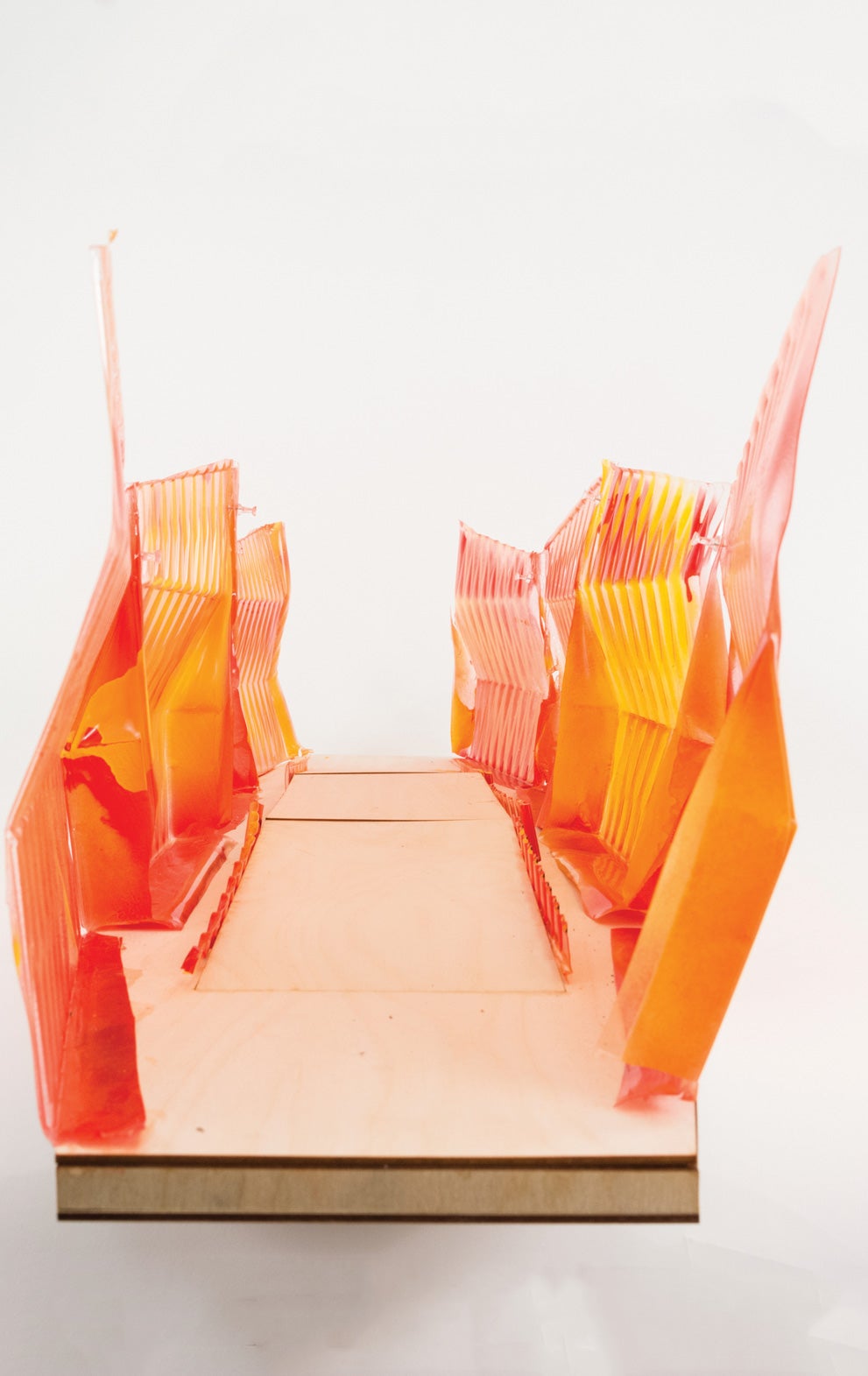
ON THE NEW BUILDING SCIENCES
Reactivating building sciences is a good idea because things have changed so much; buildings have changed, construction has grown in complexity and resilience, low energy usage matters, environmental health is a hot topic. We care about pollution, acoustics, and, of course, protecting against climate change and natural disasters. There are contemporary challenges the program targets. I really believe this targets a void in design education.
It’s a degree for people interested in efficiency and performance design, not necessarily in the craft of making or aesthetics of design. It’s dealing with data and facts. It’s “this façade design has to have upper efficiency solar radiation.”
ON HOW IT WORKS
In year one, they take courses in the architecture program and a building studio. The first semester, students develop a transportable refugee shelter that has to perform in different environmental conditions. This differentiates it from the architecture degree. They need to understand climate and design, something that keeps people alive in sub-zero temperatures or in a very hot climate. It can be assembled anywhere in the world, in urban areas or in flood zones.
In the second semester they develop computational skills, like software that determines how natural light gets into a room or a building. Last year they retrofitted a brownstone façade in Brooklyn.
ON SPECIALIZING
We allow students to select an area of expertise early in their second year and there are many: acoustics, lighting, sustainability business, and any kind of engineering can become a concentration. A popular one is product design and innovation. You can have entrepreneurship as a concentration. It’s the idea of knowing how to set up a business, a design group, or maybe become an environmental consultant. You might work with data visualization as well.
ON ELIMINATING BARRIERS
Our students are really smart and everyone in the industry knows this. It takes hubris to bridge architecture and engineering and this can be tricky but it makes a lot of sense.
ON OUTCOMES
It’s a very rich degree. Graduates will have marketable skills out of the gate. I’ve already had companies like Arup contact me for positions. They have a need for these skills. Our students are doing internships mostly doing climate simulation, like daylight simulation.
Second Year Studio
Instructor: Rhett Russo
Student: Felix Reyes

Assistant Professor of Architecture Rhett Russo came to Rensselaer in 2016 as a pedagogical innovator with experience working on project designs ranging from objects to interiors to urban scale.
He quickly carved out a niche, engaging Rensselaer students in transforming a vacant waterfront in nearby Cohoes. It is a pursuit, he admits, that can be daunting to second-year students, who designed the full 2.4-acre site last fall and followed with housing in the spring semester. The developer was presented with their ideas for consideration.
Here, Russo discusses the project, the birds, and Rensselaer’s unique approach.

ON REDRAWING A WATERFRONT
Designing is a process that requires you to balance conflicting interests and constraints. Each student was asked to include performance space, a boathouse, and over-55 housing. The boathouse could only occupy a certain part of the site and not be within the flood plain. There were places where things could and couldn’t go and the students needed to consider alternatives. Then, they have to understand the ecology, the plants, parking, and wildlife of the Hudson River.
We meet our students three days a week for four hours. You’ve got laptops open and 60 heads down with each student bringing a unique perspective to the project.
ON BEING ON-SITE FOR THE FIRST TIME
Their response was, “Wait a minute; it’s not like the digital model.” There were big mounds of dirt everywhere. The students said, “We didn’t consider the dirt in the drawings; can we use it to change the topography?” Our students learn fast. In the design process knowledge is incremental, you develop what you know and you keep working.
ON CONTRIBUTING
This is really different from working on a project in the classroom, when the city is coming to look at your work. It’s three months away and you’re looking at a blank piece of paper; it can feel overwhelming.
A slightly new approach on one site can transform the development of the entire waterfront. Our students are visualizing the future through technology. The technology helps strategize the way they think about climate, water, and density.
If you understand how to tune in to the technology as a student coming out of a polytechnic, you can begin to think like an entrepreneur. It’s technology not in service of more technology, but the ability to look into the future and transform the way we shape our cities. This is the long-standing idea behind RPI.
ON THE BIRDS
We made a public presentation and a citizen from a wildlife group said, “Wouldn’t it be great to see birdwatching on the site? This area is a resting place for 200 species.” Only days before, our students had decided to incorporate a wildlife habitat along the waterfront.
ON THE PEOPLE
Learning to negotiate is something that comes with real-world experience. You’re working in the public domain with a private developer. You have the public aspirations, the political aspirations, as well as ecological demands. The contradictions become clear to the students: “Wait a minute, one person is telling me they want one thing and another person is telling me they want something entirely different.” They had to take a stance.
ON THE RENSSELAER APPROACH
Partnering with the public realm through education is a way of making an impact. A project like this is unique because academia can offer a diverse perspective that is normally not part of the process.
This is a huge challenge for our undergraduates, but it has a lasting effect on the quality of education we can provide. You can teach and never leave the classroom. Or, you can work on a real-world project and things come up that you can never plan for.
Digital Constructs 2
Instructor: Adam Dayem
Student: Alexandra Kallish
Alexandra Kallish of Tampa, Florida, has wanted to be an architect ever since her parents suggested it after noting her fascination with Legos, and her love of both math and art. Rensselaer was her top choice. Today, Kallish is pursuing a Master of Architecture degree, a five-year program she will complete in 2021.
Now starting her third year, she has adjusted (somewhat) to the Northeast weather — and has quickly come to see that her degree will be far more powerful than she envisioned. Here, she talks about options, inspirations, and relationships.
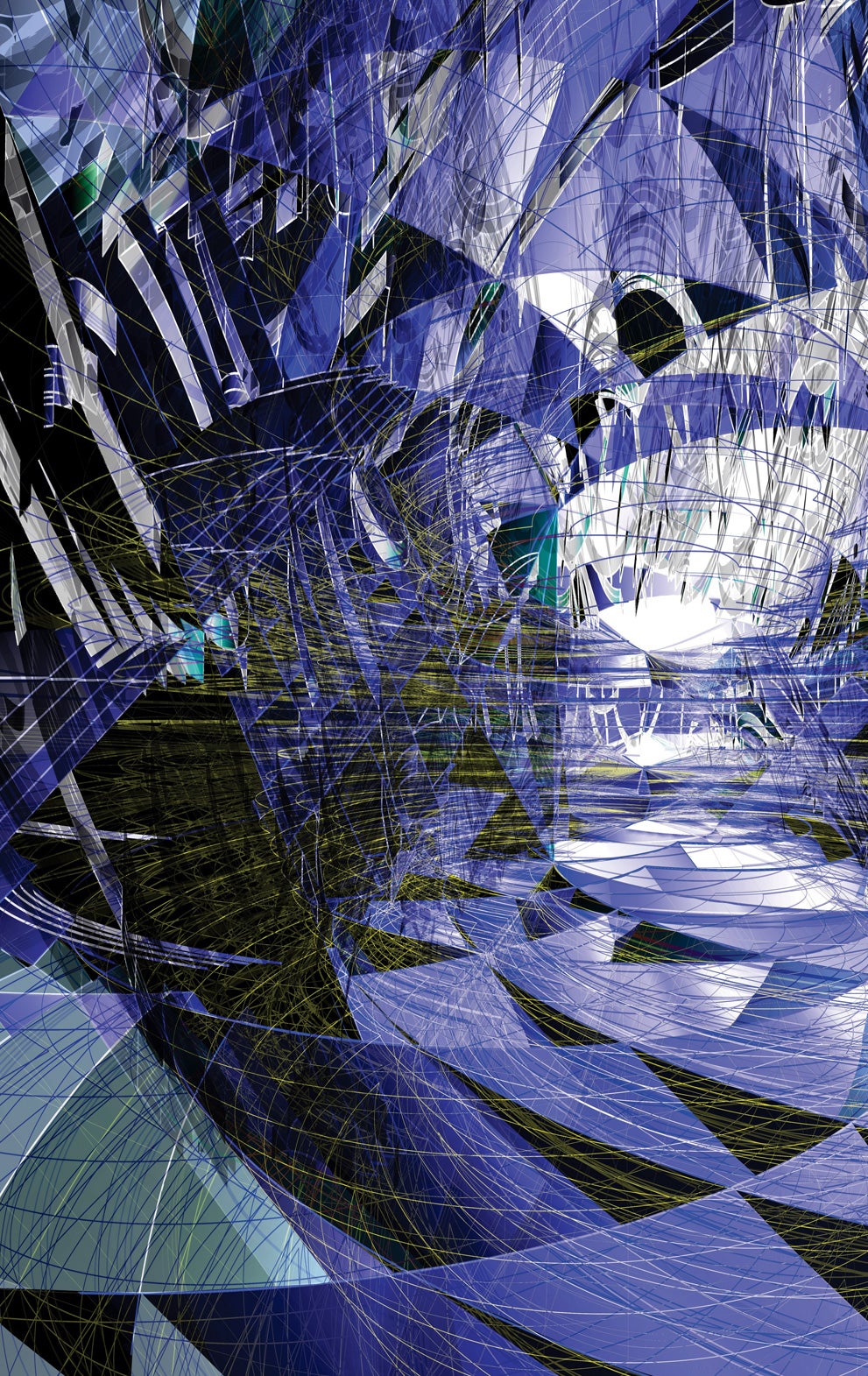
ON OPENING HER EYES
Originally, I thought I wanted to do residential architecture, but after being here just a little while, my eyes opened to what it really means to be an architect, and how there are so many options out there. Architecture is such an intensive major that you open yourself up to working in a wide variety of fields and across many disciplines.
Everything was really hands-on from day one. In one of our classes, we immediately built small columns and beams and tested them with loads. That’s when I knew this was going to be different from other schools.
ON LEARNING FROM OTHERS
Dean Douglis has a lecture series in which he brings in artists and architects from around the world. Some of them are really new and prominent architects and artists. You get to learn about their work and their inspirations. After each lecture, students can enter a raffle and the dean chooses two to have dinner with him and the speaker.
ON THE RENSSELAER COMMUNITY
The great thing about RPI is that even though it’s really competitive, everyone is part of the same community. The students from my year, the year above me and below me, we are like a family. That really helps. You’re never afraid to see a professor and have a conversation, even if it doesn’t have anything to do with your project.
It’s always been the joke around campus that when you meet someone and they ask your major, they say, “They let you out of the Greene Building?” To some extent it’s true. But the School of Architecture really does a good job of having us circulate and get out. I played varsity tennis last year and I know a lot of people outside of the architecture program.
ON HOW PREPARED SHE IS FOR THE FUTURE
In most majors, I believe the main goal by graduation is to have learned the facts and theories of the profession, and most of the research and exploration comes after school. On the contrary, architecture is a major in which the learning itself is found through research and exploration. Any person can learn the rules and regulations required by the field, which I have discovered in my internships. The beauty of the Rensselaer School of Architecture is that it breaks down preconceptions of architecture and opens your mind to thousands of possibilities. So far at RPI, I have learned how to design. I’m not quite sure yet what I want to design, but I’m using my time in school to explore different aspects of the field in order to give myself a wide spectrum of design to dive into.















